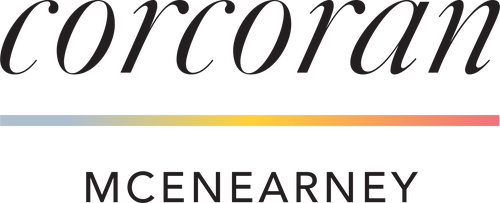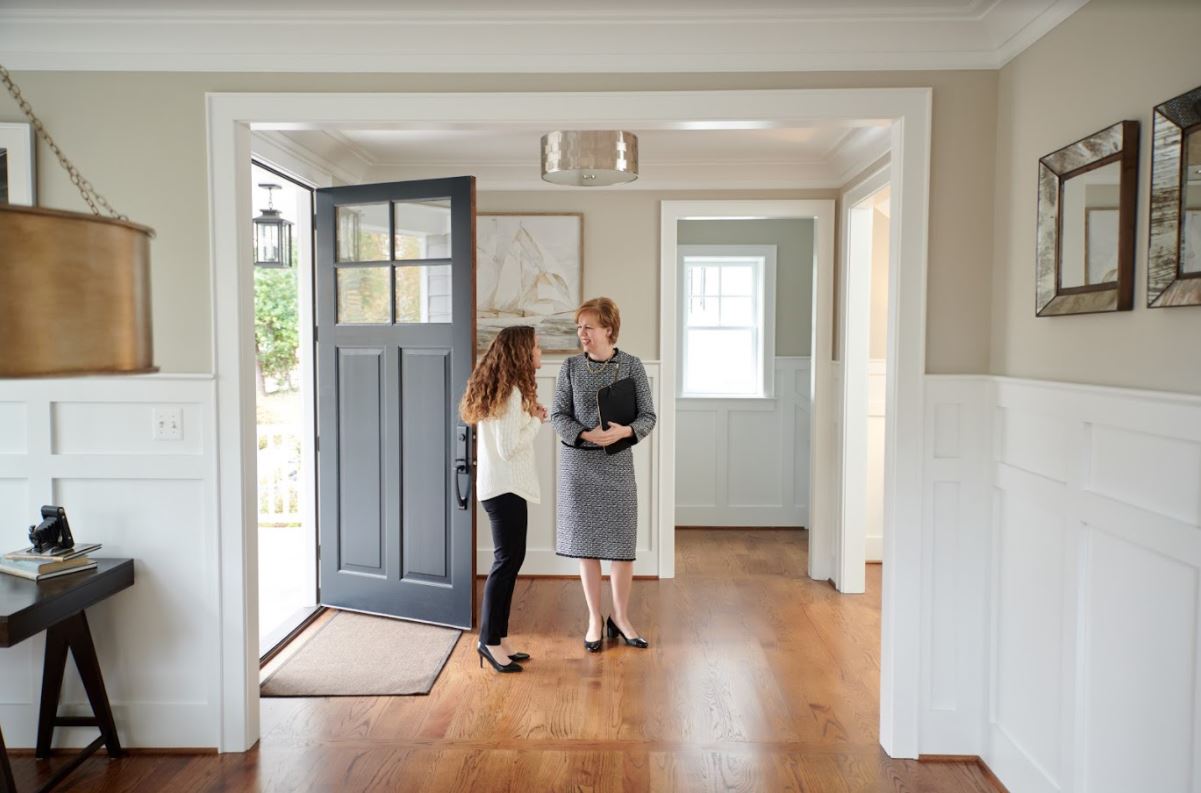Buyers often think they need to make a 20% down payment on their new home, but is it really necessary? Although there are significant advantages that kick in at the 20% threshold, a large down payment may not be necessary or appropriate for all buyers, depending on their circumstances.
Here are some of the factors to consider in deciding what size down payment is right for you.
The first thing to emphasize is that there is nothing mandatory about a large down payment. For a conventional mortgage, lenders generally require only 3% down, although that number can rise for borrowers with lower credit scores or higher debt-to-income ratios.
Nevertheless, for most home buyers, there are real benefits to hitting that 20% mark. Most significantly, it results in a lower interest rate, and the monthly interest payment savings really add up over the long life of a mortgage. Also, a 20% down payment exempts the borrower from having to pay for PMI (private mortgage insurance), which usually costs between 0.05% and 1% of the loan balance per year. So, for a $500,000 mortgage, the PMI could be as much as $5,000 per year, or an extra $420 per monthly mortgage payment, for a minimal down payment. (Note however that the PMI requirement automatically terminates when the mortgage balance reaches 78% of the original purchase price, so, unlike a higher interest rate, PMI is not an extra expense over the entire life of the loan.)
Finally, the ability to make a 20% down payment often makes your offer more attractive to the seller relative to other bidders, because the seller may conclude that the purchase is more likely to successfully close.
Nevertheless, a buyer’s individual circumstances may weigh against a 20% down payment. Especially for younger or first-time buyers, it could take many years to save up enough cash to hit the 20% threshold, which could significantly delay buying a home during a period in which interest rates and market prices could be rising steadily. For such buyers, it may make perfect sense to purchase a home sooner rather than later and strike while home prices and interest rates are relatively low.
Even for a buyer who has the down payment funds available in cash, a large down payment can leave fewer family resources available for life’s unexpected expenses (including the inevitable home repair expenses). Finally, although it seems like a remote possibility in the current market climate, a large down payment exposes a buyer to more risk if the home dramatically declines in value.
A savvy Realtor in partnership with an experienced loan officer can help a buyer with strategies to make a smaller down payment while still avoiding some of the costs. For instance, a buyer may be able to make a 5% down payment, take out a second “piggyback” mortgage for 15% of the purchase price, and combine the two to hit the 20% threshold.
Experienced loan consultants have other creative ways to lessen the pain of PMI. For instance, Silverstein told me that, because Caliber services its own loans, it can finance the entire cost of PMI as a one-time premium, folding it into the monthly mortgage payment, spreading it over 30 years, and thus dramatically lowering the monthly PMI payment.
The decision about how large of a down payment to make can be as individual as your choice of a home! Let the Jean Beatty Group work with you to find what works best for your unique circumstances.

Jean Beatty is a licensed real estate agent in VA, MD, and DC with McEnearney Associates Realtors® in McLean, VA. If you would like more information on selling or buying in today’s complex market, contact Jean at 301-641-4149 or visit her website JeanBeatty.com.
Don’t miss a post! Get the latest local guides and neighborhood news straight to your inbox!

 Facebook
Facebook
 X
X
 Pinterest
Pinterest
 Copy Link
Copy Link






